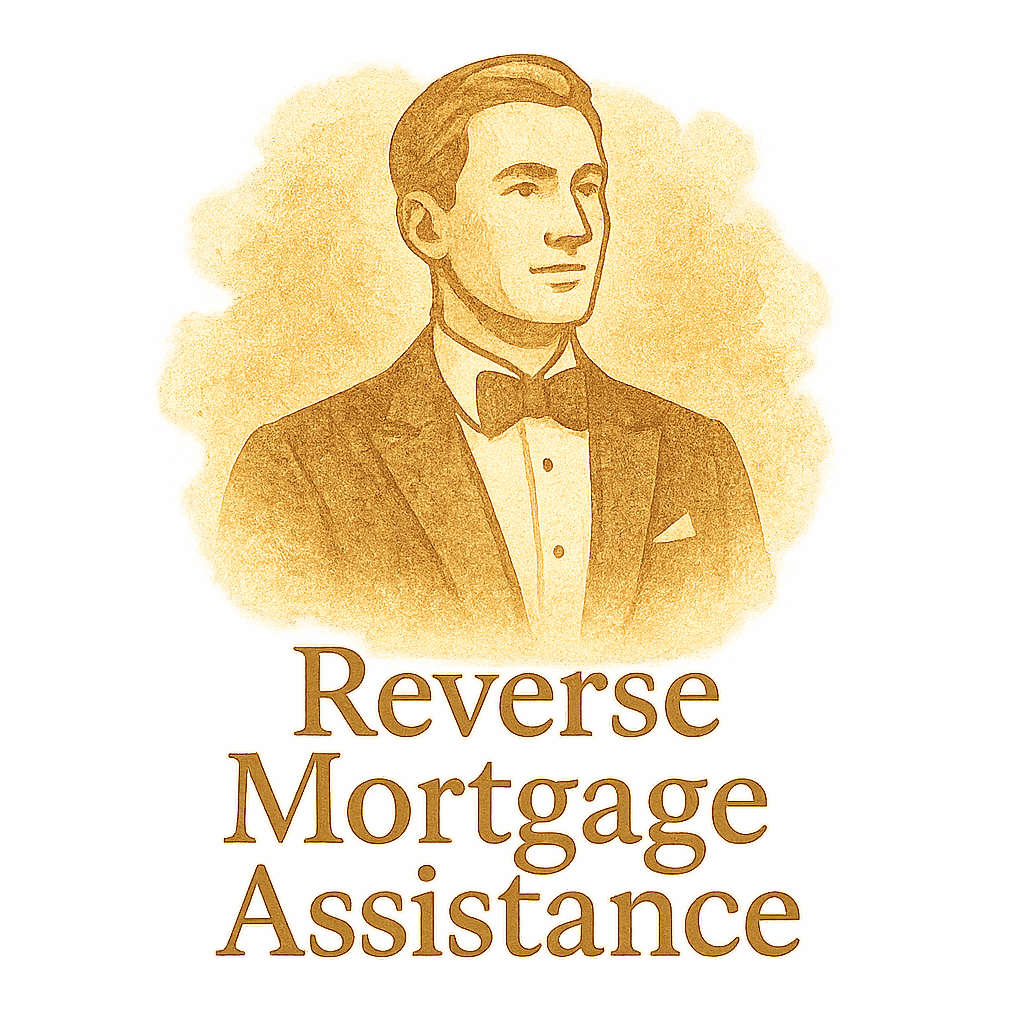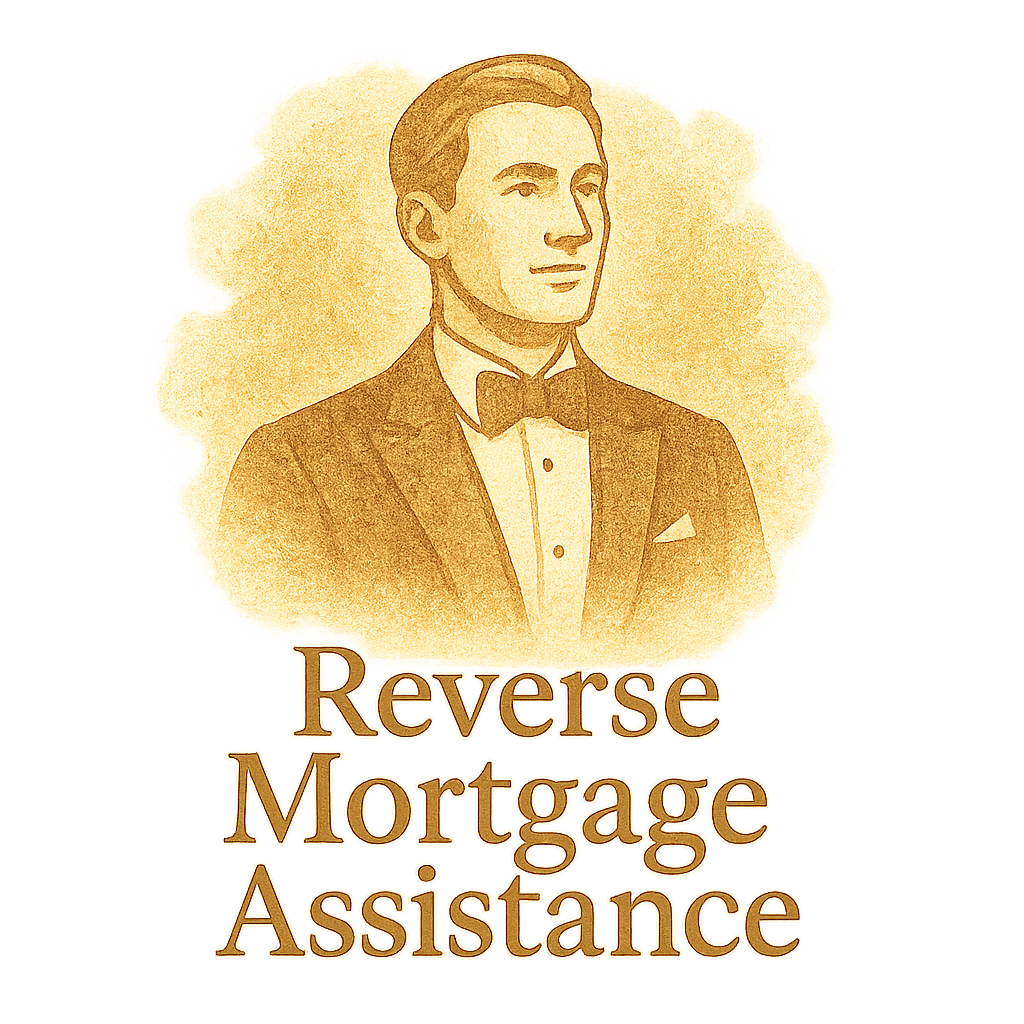Introduction
Ever wondered how a reverse mortgage stacks up against a traditional mortgage in real-life situations? You’re not alone. With retirement planning becoming increasingly complex, many seniors are weighing their options more carefully than ever. In this post, we’re diving deep into 9 real-world case studies to compare reverse mortgage outcomes versus traditional financing. Let’s break down the numbers, the lifestyle impacts, and the long-term benefits.
What Is a Reverse Mortgage?
The Basics You Need to Know
A reverse mortgage is a unique financial tool designed for homeowners aged 62 and older. It allows them to convert part of their home’s equity into tax-free cash—without selling the home or making monthly mortgage payments.
If you’re new to the concept, check out our Reverse Mortgage Basics page for a full overview.
Common Misconceptions
Think you’ll lose your home? Or leave your heirs with debt? Not so fast. These are some of the biggest mortgage myths floating around. Reverse mortgages are federally regulated and offer many protections for borrowers and their families.
Traditional Mortgages: A Quick Overview
Traditional mortgages are the go-to financing method for most homeowners. You borrow money, make monthly payments, and slowly build equity. But for retirees, the ongoing payments can become a burden—especially on a fixed income.
Want to compare these side by side? We’ve got a handy loan comparison guide for that.
Why Case Studies Matter
Everyone’s financial situation is different. These case studies show how choosing between a reverse mortgage and a traditional mortgage affects real people, not just numbers on a spreadsheet.
Case Study 1: Retired Couple Preserving Equity
Meet: John and Sarah, both 70, own a $500,000 home with no mortgage. They want to stay in their home and access some cash for home repairs.
Outcome with Reverse Mortgage
- Accessed $150,000 through a line of credit
- No monthly payments
- Maintained $350,000 in home equity
- Peace of mind with no loan repayment while living in the home
Related Topic: Equity in Reverse Mortgages
Outcome with Traditional Mortgage
- Took out a $150,000 home equity loan
- Monthly payments of $850 over 20 years
- Stress due to repayment burden
Case Study 2: Widowed Senior on Fixed Income
Meet: Linda, 75, lives alone and struggles with monthly expenses on her limited Social Security income.
- Reverse Mortgage: Eliminated her previous mortgage payment and provided an additional $800/month.
- Traditional Loan: Denied due to insufficient income.
Linda’s story showcases how reverse mortgages can support seniors who may not qualify for traditional credit-based loans.
Case Study 3: Couple Using Home Equity for Travel
Meet: Mark and Denise, both 68, wanted to check off their bucket list.
- Reverse Mortgage: Took a lump sum of $75,000 to fund worldwide travel without touching retirement accounts.
- Traditional Loan: Required monthly payments, cutting into their lifestyle funds.
With a reverse mortgage, they gained freedom. Learn more about lifestyle outcomes from similar cases.

Case Study 4: Delayed Downsizing Strategy
Meet: Bob and Karen, early 60s, considering downsizing but not ready to move yet.
- Reverse Mortgage: Gave them time and money to prepare for a later move.
- Traditional Loan: Would have pressured them into selling sooner.
Explore more on mortgage planning strategies like this.
Case Study 5: Senior Managing Medical Expenses
Meet: Janet, 77, faced unexpected medical costs.
- Reverse Mortgage: Covered over $60,000 in medical bills using home equity.
- Traditional Loan: Delayed due to lengthy underwriting process.
Reverse mortgages can be crucial for fast access in emergencies. See more examples under mortgage case studies.
Case Study 6: Early Retirement Planning
Meet: Paul, 62, looking to retire early without draining his 401(k).
- Reverse Mortgage: Opened a growing line of credit for future income support.
- Traditional Loan: Would reduce net worth due to required payments.
A reverse mortgage fits well into early retirement preparation plans.
Case Study 7: Surviving Market Volatility
Meet: Ellen and George, both 73, lost income during a stock market dip.
- Reverse Mortgage: Offered income stability without selling assets in a down market.
- Traditional Loan: Not viable during income shortfalls.
Learn how this strategy works well in retirement scenarios.
Case Study 8: Legacy Planning vs. Lifestyle Freedom
Meet: Teresa, 80, wanted to enjoy life but also leave a legacy.
- Reverse Mortgage: Used part of her equity for personal enjoyment while preserving some for her heirs.
- Traditional Loan: Required high payments, leaving little for fun or legacy.
It’s all about balance. Visit contracts and legal terms for more clarity on inheritance clauses.
Case Study 9: The Cautious Skeptic Who Did Both
Meet: Alan, 65, tested both options using his primary and vacation homes.
- Reverse Mortgage (Primary Home): Accessed $100,000 and improved lifestyle.
- Traditional Loan (Vacation Home): Payments became a burden, leading to early sale.
This case highlights real-life loan comparison dynamics.
Key Takeaways from the Case Studies
Financial Flexibility
Reverse mortgages provide flexible access to home equity, allowing for lump sums, lines of credit, or monthly payments based on your goals.
Equity Preservation
While some equity is used, strategic use (like growing credit lines) can help preserve wealth for heirs. Read more on equity planning.
Peace of Mind in Retirement
No monthly payments? That’s a huge relief for retirees. Add in federal protections, and reverse mortgages can deliver real security. For more, visit our legal and regulatory page.
Final Thoughts
Choosing between a reverse mortgage and a traditional mortgage isn’t just about money—it’s about lifestyle, peace of mind, and long-term goals. These 9 case studies highlight how reverse mortgages can transform retirement outcomes when used strategically. Whether you’re looking for extra cash, planning ahead, or managing risks, understanding your options is key.
For a deeper dive, check out our main site at ReverseMortgageAssistance.com.
FAQs
1. Is a reverse mortgage better than a traditional mortgage?
It depends on your goals. Reverse mortgages offer no monthly payments, but they reduce home equity over time.
2. Can I lose my home with a reverse mortgage?
Not if you follow loan terms—like paying property taxes and insurance. Learn more here.
3. Do reverse mortgages affect Social Security or Medicare?
No. Reverse mortgage proceeds are not considered income.
4. What happens to my home after I die?
Your heirs can sell the home, pay off the loan, or refinance it. Details vary—check our guide on contracts and legal terms.
5. Can I use a reverse mortgage and a traditional loan together?
Technically yes, as shown in Case Study 9, but it depends on the property type and goals.
6. How do I compare reverse mortgage offers?
Start with our loan comparison tool to evaluate your options.
7. Where can I read more real-life stories?
Browse our archive of mortgage case studies for in-depth insights.


